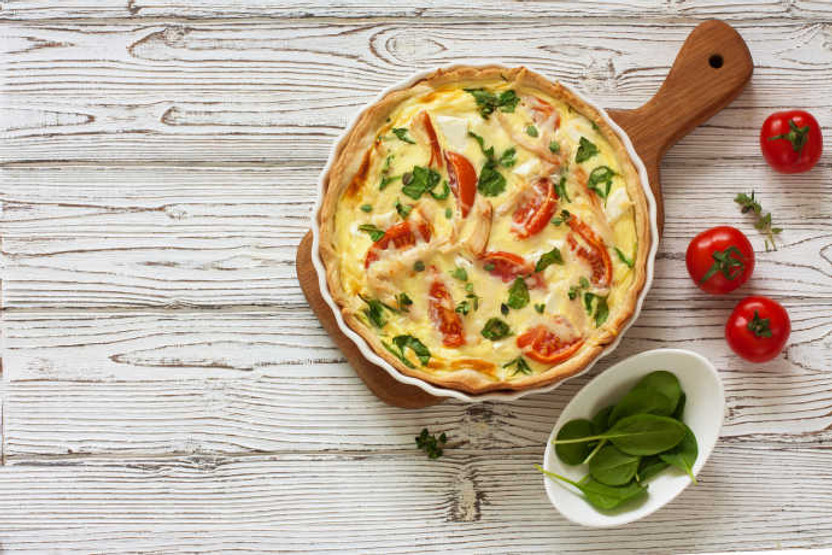Four Key Elements of Quiche Recipes Worth Eating
Posted by Julie on May 30th 2019
If you’re not a fan of quiche, it’s likely because you’ve only ever had rubbery quiche with a soggy bottom crust. No amount of cheese can compensate for that. Like omelets, quiche can be delicious morning, noon, or night, but only when it’s made with care. We found four key elements to keep in mind when baking quiche. No matter what recipe you choose, refer back to these points as you cook to help keep your quiche on the right track.
1. Crust
We’re going to spend so much time discussing crust that you may think we’ve forgotten about the rest of the ingredients. Crust is the foundation of quiche. It holds all the custard and fillings, so it needs to stand up to the job.
Start with the dough itself. Food52 advises cutting in the butter until it’s the size of peas. This means you’ll mix it into the flour more thoroughly than you would for a fruit pie. While your crust won’t be as flaky, it will still be tender. Plus, it will be able to resist absorption of the custard, so your crust won’t be soggy.
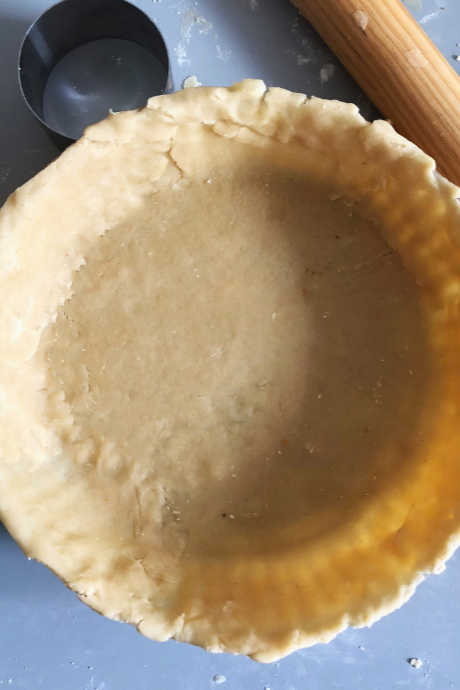
Once you’ve rolled out your dough, you need to blind-bake your crust before adding the custard and fillings. This step further helps your crust stay crisp in spite of the moist, rich custard you’ll add later. Without blind-baking, the egg and dairy in your custard will soak right into the crust and make your quiche soggy. Instead, a blind-baked crust will have a crisp base and sides. Don’t be concerned that the bottom of your crust is golden brown after blind-baking. Remember that you’ll add custard and fillings, so it won’t have a chance to brown further.
You can add more strength to your crust in a few ways. One, preheat a pizza stone or baking stone in your oven, and then place your pie dish on top of it when you blind-bake your crust. Your crust will turn out even more crisp and golden. Two, brush some egg wash over the base of your crust after it comes out of the oven, and then pop it back in for another minute or two. Finally, sprinkle some grated cheese on your blind-baked crust, and return it to the oven once more. Parmesan is a good option, but we also like Saveur’s suggestion of a soft cheese like Brie. All of these ideas will help prevent your crust from getting soggy, which means a more delicious quiche.
2. Eggs and Dairy
We’ve written before about key ratios in cooking. With pasta dough, you want one whole egg and two yolks for every five ounces of flour. With granola, you want six parts dry ingredients to one part wet ingredients. For rich, creamy quiche custard, use one egg for every half-cup of dairy (milk, cream, or half and half). Too much dairy, and the custard won’t set. Too many eggs, and the custard turns rubbery.
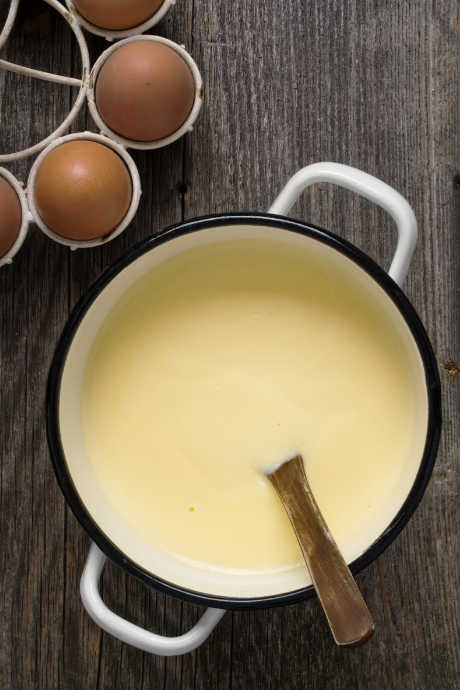
Whisk your eggs and dairy together until they’re thoroughly combined, but be sure to keep the bubbles to a minimum. Saveur even recommends adding a little flour to your eggs and dairy for stability. We’ve done this with our own quiches, and it really works.
3. Fillings
One more key way to make sure your quiche is creamy instead of soggy is to keep your fillings cool and dry. Wet fillings may upset the moisture ratio, so sauté your vegetables beforehand to eliminate as much water as you can. Squeeze ingredients like spinach or zucchini, or roll them in a clean kitchen towel. They don’t need to be as cold as the custard mixture, but be sure to let them cool to room temperature. If they are too warm, they will start to cook the custard before you even get your quiche into the oven.
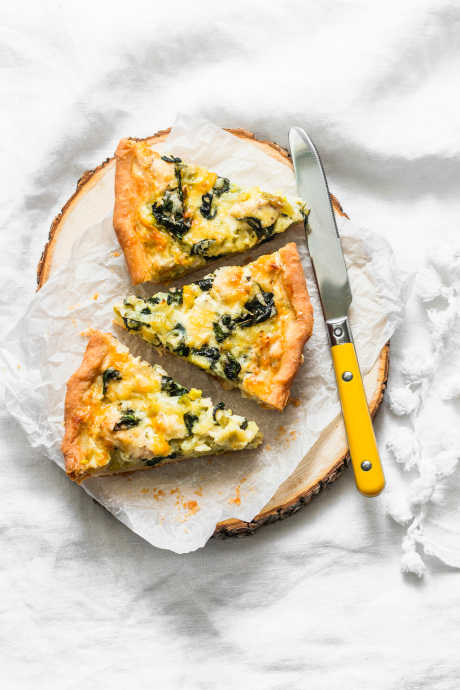
Food52 recommends adding the fillings to your empty, blind-baked crust before pouring in the custard. This approach ensures your fillings are evenly dispersed, and you can arrange them however you like for the sake of presentation.
4. Temperature
Like crust, temperature is another element that can make or break your quiche. That’s why The Prepared Pantry insists upon using a thermometer to gauge whether or not quiche is done. While meat requires a thermometer to ensure you’ve hit the target temperature for rare, medium-rare, or medium steak, quiche can also benefit from a thermometer to ensure the egg proteins don’t reach the temperature where they toughen (185ºF). Instead, you want to take your quiche out when the center reaches 170ºF. The eggs will be fully set, but even the edges of your quiche shouldn’t be hotter than 185ºF.
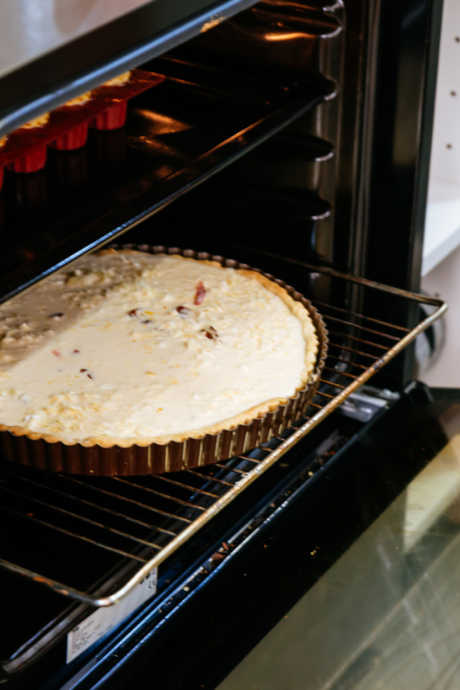
Saveur also recommends baking your quiche low and slow. While temperatures will vary between recipes, opt for baking at a lower temperature for a longer time. This approach allows you a wider margin for hitting the target temperature without zooming past it.
While the bottom crust won’t brown any more, you may want to use a shield to keep top of the crust and the edges from absorbing too much heat in the latter stages of baking. When it’s finished, if you aren’t serving it immediately, give it a chance to cool at room temperature before transferring to the refrigerator. A sudden temperature change isn’t good for quiche.
Regardless of what quiche recipe you choose to make, you’ll be better prepared to get the most delicious results possible if you keep these four points in mind.

